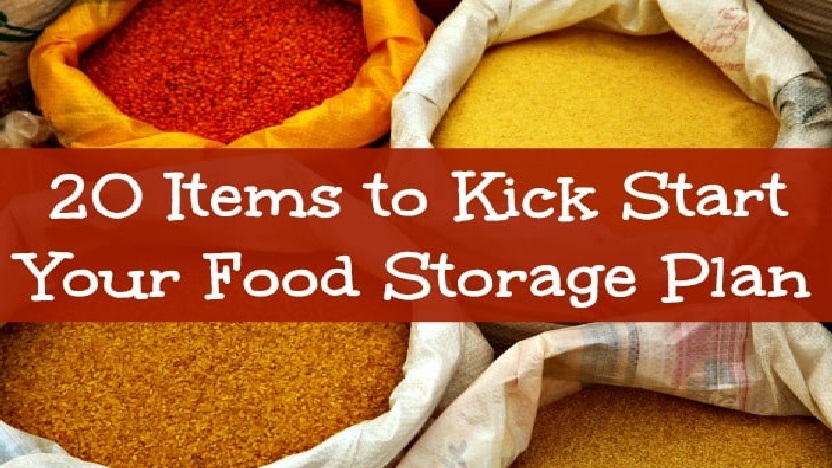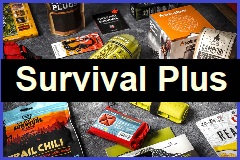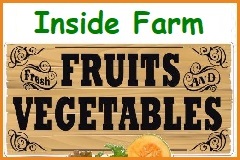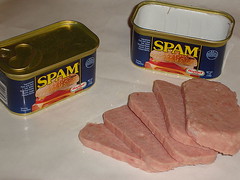 |
|||||
| Survival Plus, Prepping and Much More | |||||
| 20 Items to Kick Start Your Long Term Food Storage Plan. |
|||||
| By Survival Woman No matter how many times I write about food, there is always something new to consider or a new and different way to present the same old information in a more useful manner. With that in mind, today I would like to share a method for getting started with your long-term food storage program in an easy, step by step, and cost-effective manner. To be truthful, my initial goal with this article was to respond to readers who were just getting started and wanted a long term food storage list they could use to plan out their grocery shopping a little more easily. I also wanted to compile a checklist that more experienced preppers could use to compare what they had to what they needed. My goal can pretty much be summed up by saying that I wanted to write about getting started with long term food storage the easy way. No frills, no fluff – just a common sense list of food items to get you started. 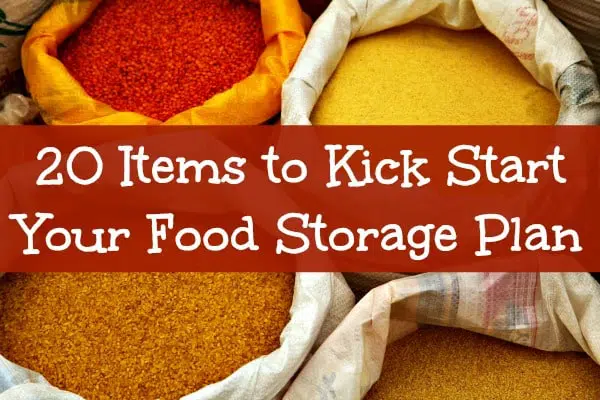 With that goal in mind, let me say this: this is not a list of items intended for deep storage. Nor is it a list of items packaged so that they have a 25-year shelf life. (And in reality, do you really need your stored food to last that long?) I am also not going to list items that might be foreign to your palate, difficult to find, or too costly to absorb into your weekly shopping budget. This list is for those that want to get started with long term food storage without spending a fortune. With that goal in mind, let me say this: this is not a list of items intended for deep storage. Nor is it a list of items packaged so that they have a 25-year shelf life. (And in reality, do you really need your stored food to last that long?) I am also not going to list items that might be foreign to your palate, difficult to find, or too costly to absorb into your weekly shopping budget. This list is for those that want to get started with long term food storage without spending a fortune.What you are going to get is a list of 20 items that can easily be purchased at your local grocery store, warehouse club and surprisingly, even online at Amazon. They can be purchased in one shot, all at once, or you can pick up one item from the list each week over a period of twenty weeks. The choice is yours. All I ask is that you consider getting each of the items on the list and that you also consider getting started sooner rather than later. I promise you that this will be easy. I am going to include quantities that require no extra thought, no calculator, and no formula for determining servings or overall quantities. Like I said. This is going to be EASY! 20 Items to Kick Start Your Long Term Food Storage Plan DIY Long Term Food Supply vs Pre-Built Long Term Food Storage Packages. Before jumping into the full “DIY” list, it’s worth mentioning that there are many reputable prepper food companies out there offering starter kits. Which begs the question, which option should you go with?
Emergency Food Starter Kits These are the top options that are BDS approved and tested:
20 ITEMS TO KICK START YOUR LONG TERM FOOD STORAGE PLAN. Too Much Work? If this all seems like too much effort OR you need some immediate food security, be sure to check out our top survival food brands here. 10 Crazy Simple Strategies for Building an Emergency Food Supply 1. Take Your Time and Go Slow 2. Spend Your Money Wisely 3. Scope Out and Optimize Your Storage Space 4. Stick to the Basics 5. Don’t Make it a Chore 6. Be Mindful of Food Storage Conditions 7. Learn From Your Mistakes 8. Rotate Out and Replenish In But Only Within Reason 9. Keep Track of Your Stuff 10. Do Your Homework THE FINAL WORD As you read through this list, I hope you can visualize the number and variety of meals that can be made by mixing and matching the items listed in the kick-start plan. How about some rice, salsa, and canned chicken cooked into a casserole in your cast iron skillet? Or pancakes topped with canned peaches and honey? Then there are pinto beans, combined with rice and corn, and topped with a bit of Tabasco for a fiesta-style meal. |
|||||
| ⭐ Bypass censorship by sharing one of these links: https://1realnews.com/prepping-28/ or http://at.box1.ws/prepping-28/ or https://box91.com/prepping-28/ or https://box127.com/prepping-28/ or https://box145.com/prepping-28/ or https://box154.com/prepping-28/ |
|||||
